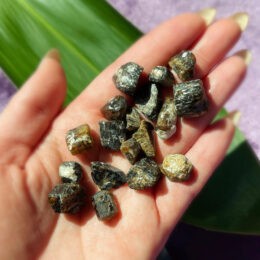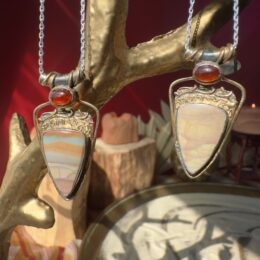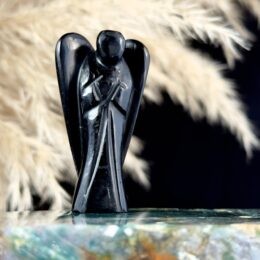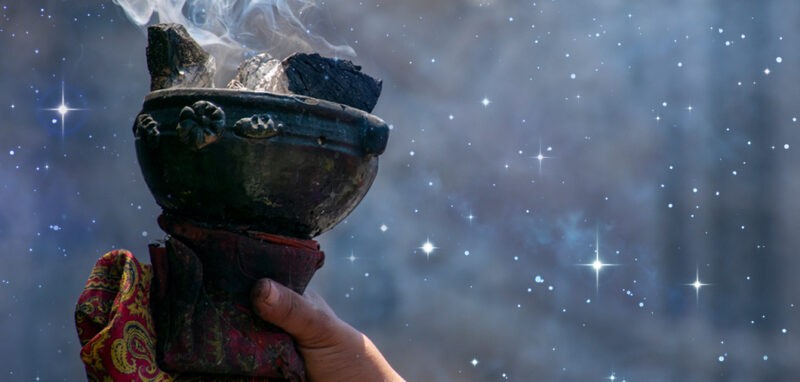I come from a matriarchy. Imagine for a moment, a civilization that was rooted in the female way of knowing, moving, and relating in the world. Drawing from the well of the birth of our human civilization, I want to, first, take you back to ancient Sumeria.
Mythology is a body of teachings and stories that embody our existence. Some believe that myths belong to the Greeks, but it is Ancient Sumaria that influenced a lot of mythology. In the beginning, there was only Nammu, the primeval goddess of the sea, who was in complete darkness before creating the Universe. Seawater and freshwater (which existed in the underworld) merged, giving birth to the Earth and the Heavens. There were hundreds of gods and goddesses, constantly creating and guarding every city in Mesopotamia. Sumer, which translates to “land of civilized kings”, emerged from Mesopotamia – now modern day Iraq. Without name or destiny, the waters of life created the Universe. In some variations, the deities came from Nibiru “Planet of the Crossing.” or “ Point of Transition” – the above and below, which ties into some of the astrology we discussed last month as well as one of the most core of the Hermetic Principles.

In most mythology, female deities were portrayed as the counterpart to the masculine gods, but from the beginning of time, women ruled. We were given birth by a female, intimately expressed by the life force itself. In most religions, we were created from the image of God, but the dawn of civilization proves otherwise – the Divine Feminine has always birthed life into existence. The Divine Masculine is consciousness, but the Divine Feminine gives it form. Shiva and Shakti are an excellent example of this. Shiva is consciousness, and Shakti is the beauty expressed in form.
One of the feminine principles is inclusivity. The masculine wants to individuate, and become its own, separate self. The Divine Feminine, by nature, brings people together as the paradigmatic Mother – the glue of humanity. Take the Roman gods, Mars and Venus for example: Mars is about independence and conquering – trying to get away from “Mother” and be its own person. The Venus principle is all about how we harmonize, love, and partner – and it comes back to how we are the same and interconnected. She was considered the mother of the Roman people.
In Greek mythology, the gods and goddesses that represent love and conquering were Aphrodite and Ares. It’s natural to associate these deities with their Roman counterparts; however, there are differences. Aphrodite was born from the waves, and came from Cyprus,. Though she is also the goddess of love, beauty, and relationships, Aphrodite is often depicted as less refined than Venus, being more lustful. This shows us that love can be more matronly or lascivious, depending where we decide to take it. Overtime, Aphrodite and Venus started becoming indistinguishable. We interchangeably use the names of Greek and Roman gods and goddesses, and they represent the same core concepts, but their journey often differs. Narrative always changes through, and is heavily influenced by, perception.
Correspondences for August
PDF:





